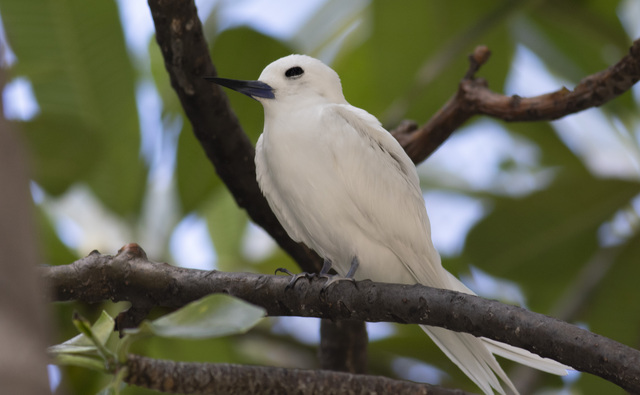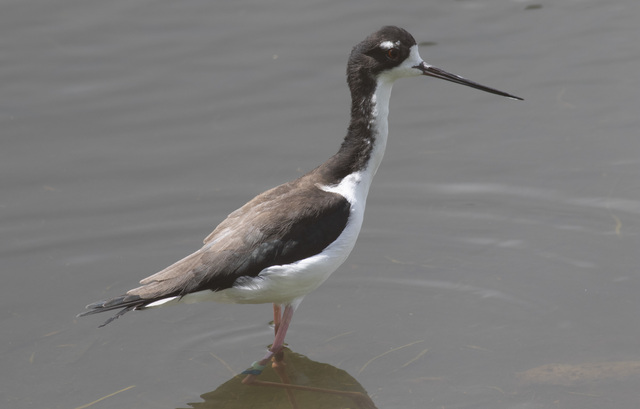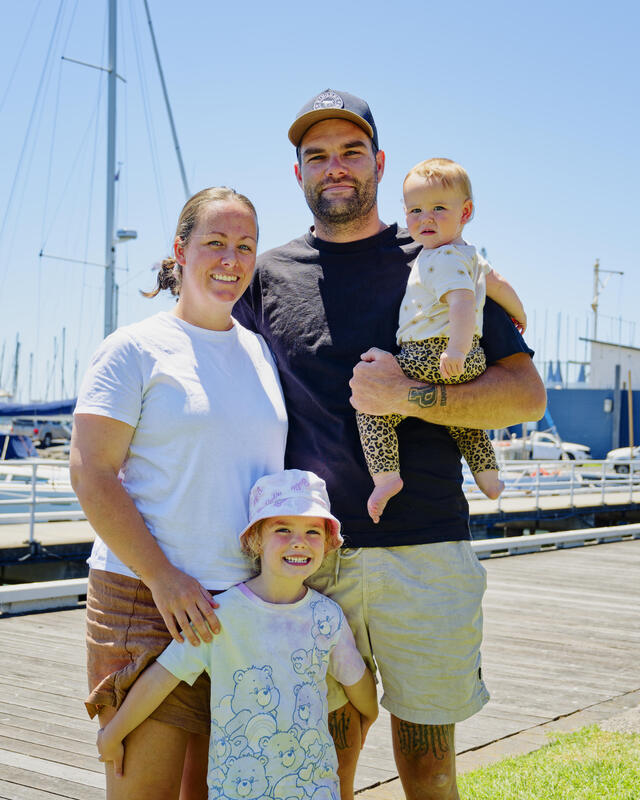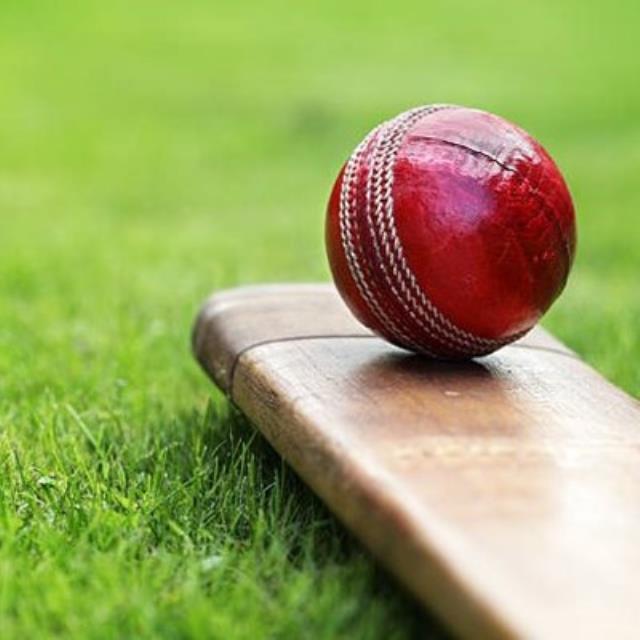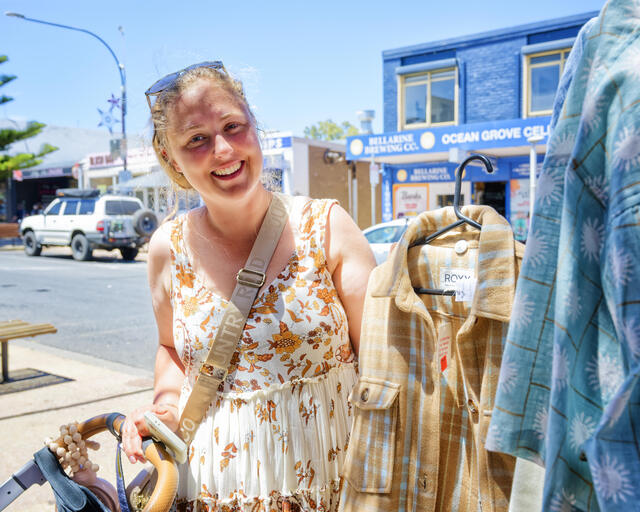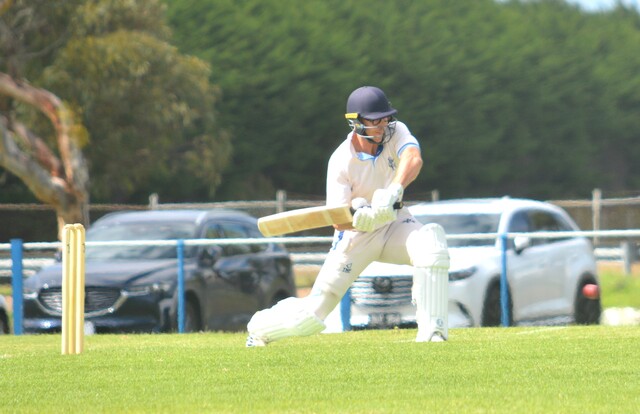I am writing this a long way from Ocean Grove, in fact I’m closer to Ocean Grove in New Jersey.
I am currently sitting on a train in Louisiana in the deep south of America, on my way to visit Elvis Presley at Graceland.
Over the past few weeks, we have been to Oahu, Hawaii, and New Orleans in Louisiana, fortunately dodging a few hurricanes along the journey.
The main event in Hawaii was the wedding of my friend’s son. The wedding was held in an idyllic location known as Kualoa Ranch, which is where the movie Jurassic Park was filmed.
Of course I didn’t just concentrate on wedding activities and managed to fit some birdwatching into my day.
We stayed just near the Honolulu Zoo, which I visited on a previous trip. I’m not really a great fan of zoos and would much rather view animals in their wild habitats, but this zoo has some great birds that I’m unlikely to see in my lifetime.
There are birds of paradise (native to New Guinea), African hornbills, flamingos and even Mandarin ducks – all magnificent birds.
The zoo has many trees and grassed areas where Hawaiian native birds can be spotted, such as red-vented bulbul, white-rumped shama, red-crested cardinal, Java sparrow, yellow-fronted canary, zebra doves and rose-ringed parakeets. Many of these birds have been introduced to the Hawaiian Islands from other tropical areas.
Rose-ringed parakeets and red-vented bulbuls originate from India and Sri Lanka and red-crested cardinals originated in South America, Java sparrows were introduced from Indonesia and yellow-fronted canaries are originally from Africa. If I was feeling homesick, I just had to walk out of the hotel door and encounter a few hundred common mynas or spotted doves, both of which thrive around Waikiki, and both that inhabit my Ocean Grove garden.
I spent most of my free time in Waikiki looking for white terns or common fairy-terns, which can be seen around the Pacific Ocean. This beautiful seabird nests in trees around the shopping centres and urban areas of Waikiki and Honolulu. They do not construct nests in trees but rather, lay their eggs in forks or cups in the branches of the trees. Apparently, they choose trees that are surrounded by tall buildings as this gives the birds and nestlings some protection from climbing predators such as rats.
The other indigenous bird that was commonly seen around Waikiki was the Pacific golden plover. This bird breeds in Alaska from April to July and then disperses to southern regions in the northern winter months. They arrive in Hawaii in August.
Some of these birds fly all the way to Thirteenth Beach in Barwon Heads from Siberia, arriving in September.
I saw Pacific golden plovers at the Honolulu Zoo, at the wedding in Kualoa Ranch, and on just about any grassed area on the island.
I brought a map of Oahu and noticed that there was a lake called the Enchanted Lake Bird Sanctuary. On my last free day I caught an Uber to the sanctuary, where I saw a few lovely birds, including Hawaiian ducks, Hawaiian stilts, Hawaiian coots, black-crowned night herons and the Hawaiian gallinule or moorhen.
I really tried very hard to spot some other seabirds, including albatross, frigatebirds, boobies and tropicbirds, but alas I failed dismally to see any of
these iconic birds. Next time I will have to be more organised and book a pelagic boat trip off the coast of Hawaii to see some of these birds, or maybe stowaway on one of the cruise ships that sail between Hawaii and Sydney.
I’ve also been in New Orleans for the past few days, where I’ve seen black vultures, ospreys, great egrets, great blue herons, one woodpecker, chickadees, tufted titmouses and laughing gulls.
We went on a swamp tour where there were alligators and families of raccoons, which was great to see.
I have a few observations about the USA. When you go to a restaurant or buy a coffee, even if you are eating in, you are served in a take-away cup or on plastic plates with plastic cutlery.
Everything seems to go in the rubbish and there does not seem to be any recycling going on. In New Orleans and Memphis there is rubbish everywhere, all around the great Mississippi River.
In my absence I heard from Lynette who lives in Thacker Street. The wood ducks that nest in the yellow gums around her property hatched some ducklings and Lynette helped the family make their way to Blue Waters Lake. She never did discover the hollow where they nested.
I also received an email from Allie from Ocean Grove who sent me a photo of a bird in her garden that I couldn’t identify and then Allie emailed me back to say that the bird was a blue-faced parrot finch. This bird, which is usually found in north-eastern Australia, was quite obviously an escaped caged bird, so Allie was going to try and catch it, but I’m not sure if she has been able to do so.

